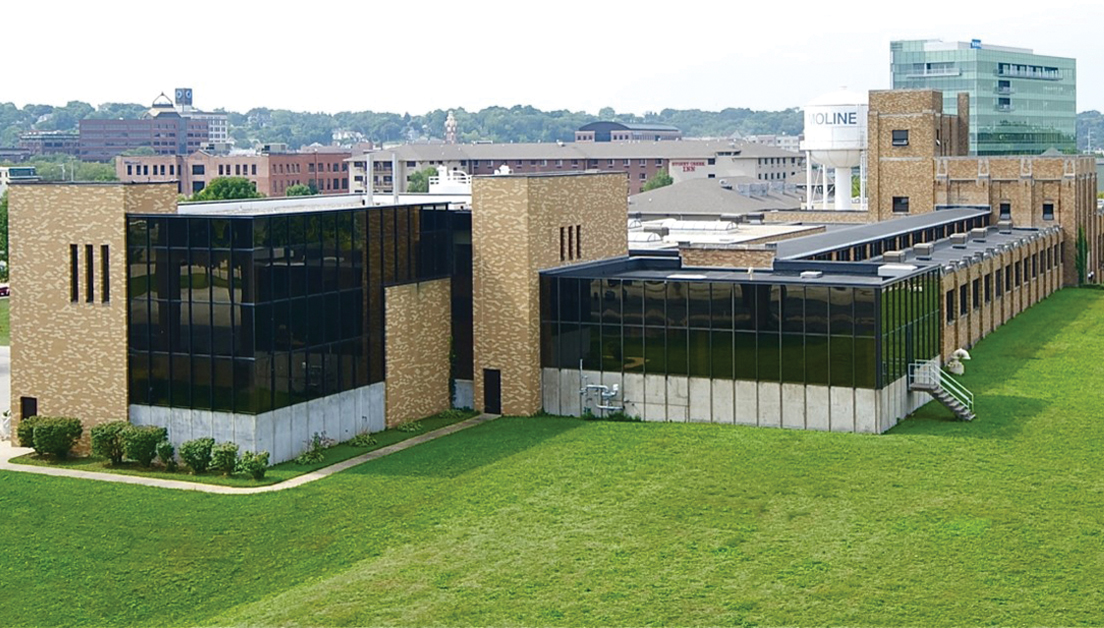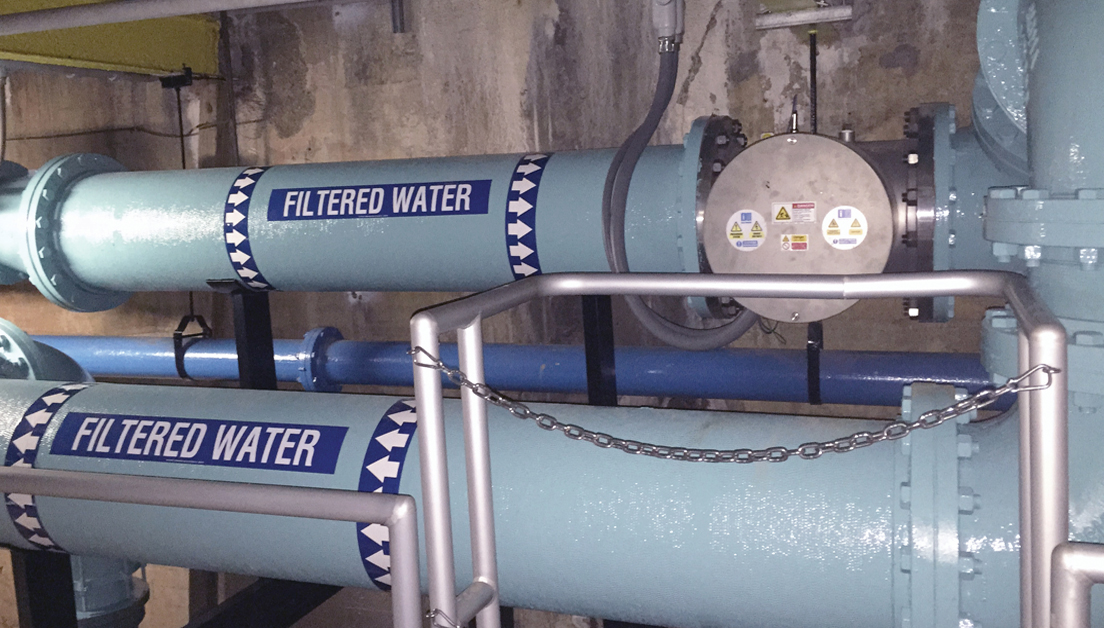The City of Moline is located in the heart of the Midwest, tucked between the banks of the Mississippi and Rock River in Rock Island. Moline is one of four cities that make up the Quad Cities, which include Rock Island, Illinois and Bettendorf and Davenport Iowa.

Challenge
The Water Division provides continuous high quality water to approximately 43,500 that call Moline home. It utilizes the Mississippi River as its source to treat, pump, and meter water to over 17,000 homes and businesses. The variable quality of the water in the Mississippi source poses unique treatment challenges to the Water Division. Moline’s LT2 water study revealed that significant levels of Cryptosporidium are periodically present in the source water. The Water Division staff believes that this level was under-reported due to limitations in sampling and detection methods. The City’s drinking water supply system requires more than 5 million gallons of water on an average day and must function dependably and continuously. The City took immediate action to protect public health.This emerging threat to public health is effectively deactivated using ultraviolet (UV) disinfection, and has now become an important barrier both in the U.S. and globally to ensure that drinking water is healthy and free from harmful organisms. Nationwide, UV systems are being installed into municipal drinking water facilities to deactivate Cryptosporidium and Giardia, both organisms that are tolerant to chlorine.
Solution
The City of Moline carefully examined a variety of alternate disinfection methods, including ozone and membrane technologies. UV technology was selected as more economical than both technologies in capital and annual operating costs. The City chose to add validated UV systems to provide an additional barrier for the filtered water, which will improve water quality and ensure that chlorine tolerant organisms, such as cryptosporidium, are not present. The ETS-UV™ systems are third party validated in accordance with the US EPA Guidance Manual and are manufactured in Beaver Dam, Wisconsin.
A total of eight SX-635-16 UV systems were selected to be installed into the existing filter gallery. When a low water transmittance of 70% is recorded, all eight UV systems will operate. When the water quality improves to a transmittance of 80%, six UV systems will operate at an average flow rate of 1.2 MGD and it is anticipated each filter will run up to 2 MGD to allow for future growth. The systems are validated to achieve a 2.5 log removal of Cryptosporidium.

As often with the case with drinking water filter galleries, space was very tight. The design of the manifold pipework to house the UV system was a concern, as was the location of the butterfly valve. To understand the impact of the design of the installation on the performance of the UV system, Evoqua carried out extensive CFD modeling to demonstrate that the UV system would match the performance of the validation when installed.
" The City is pleased to have Evoqua as our partner for this important project. We have found the Evoqua ETS-UV team to be knowledgeable, responsive, and goal oriented during the multi-year process that lead to the selection of the systems for our demanding drinking water application. Their technical expertise and dedication have played a crucial role in working with our consultant partner and satisfying the design requirements of our primacy agency. "
